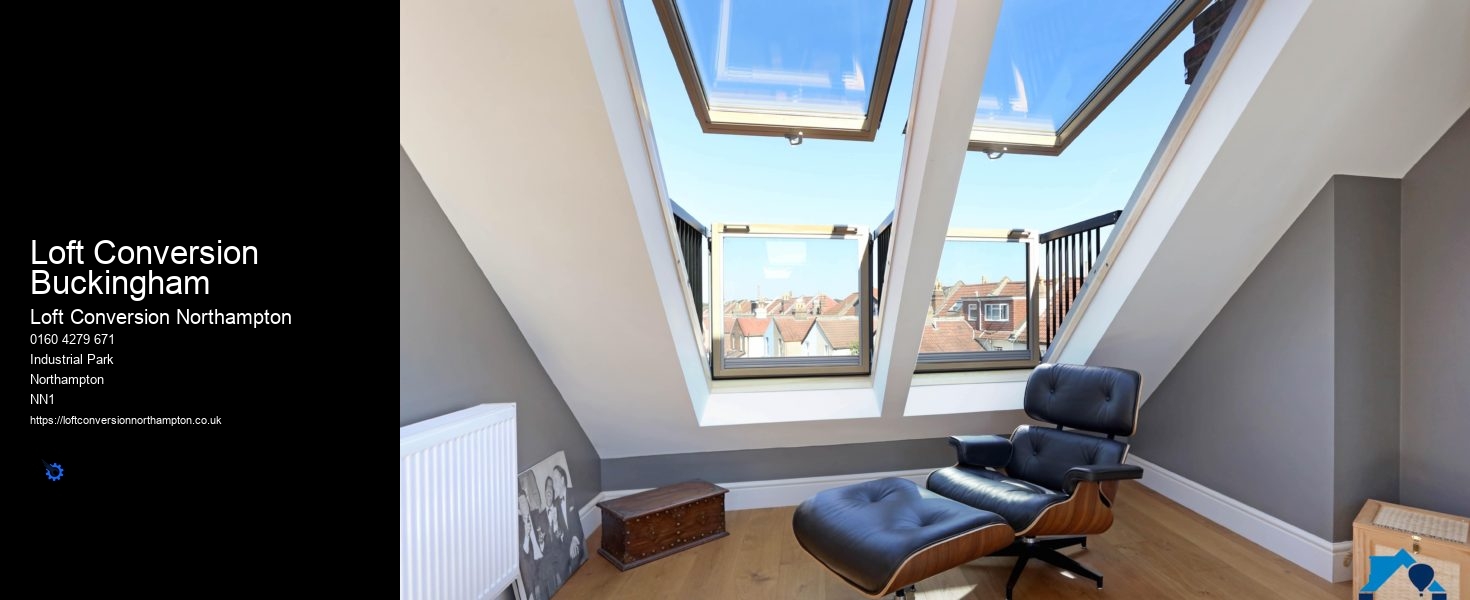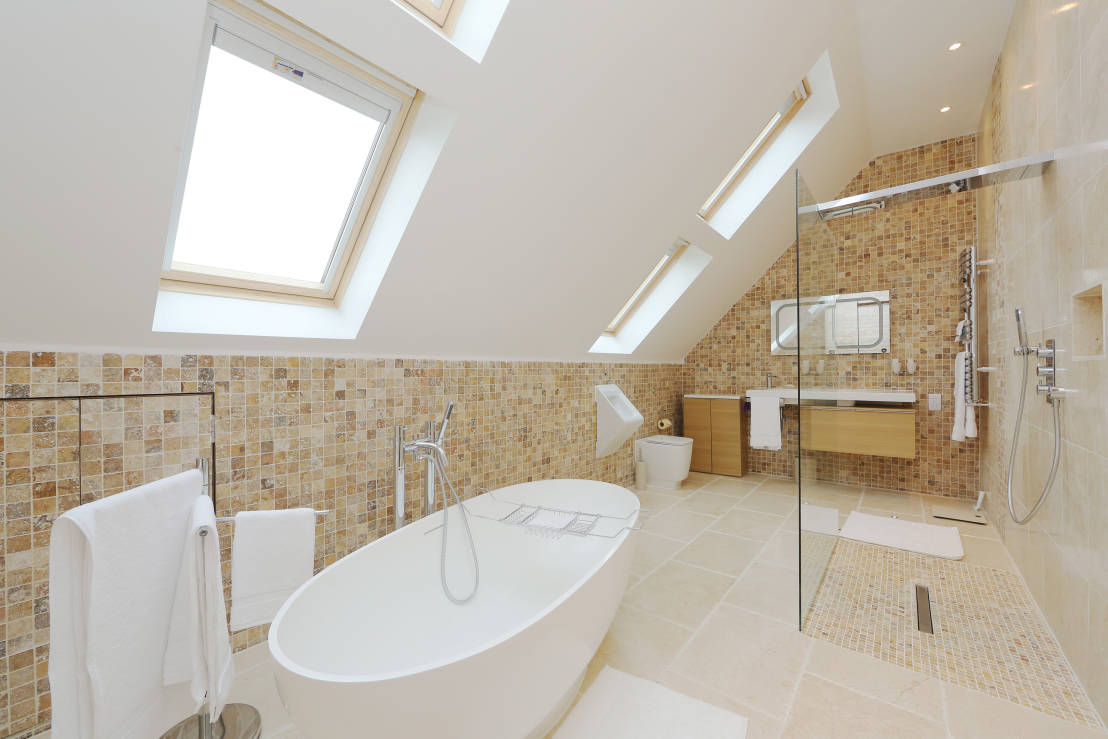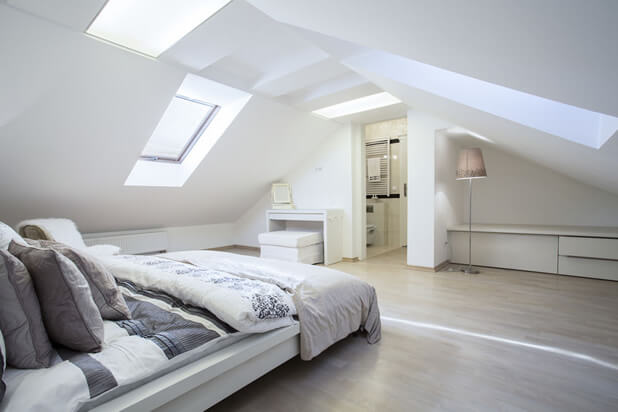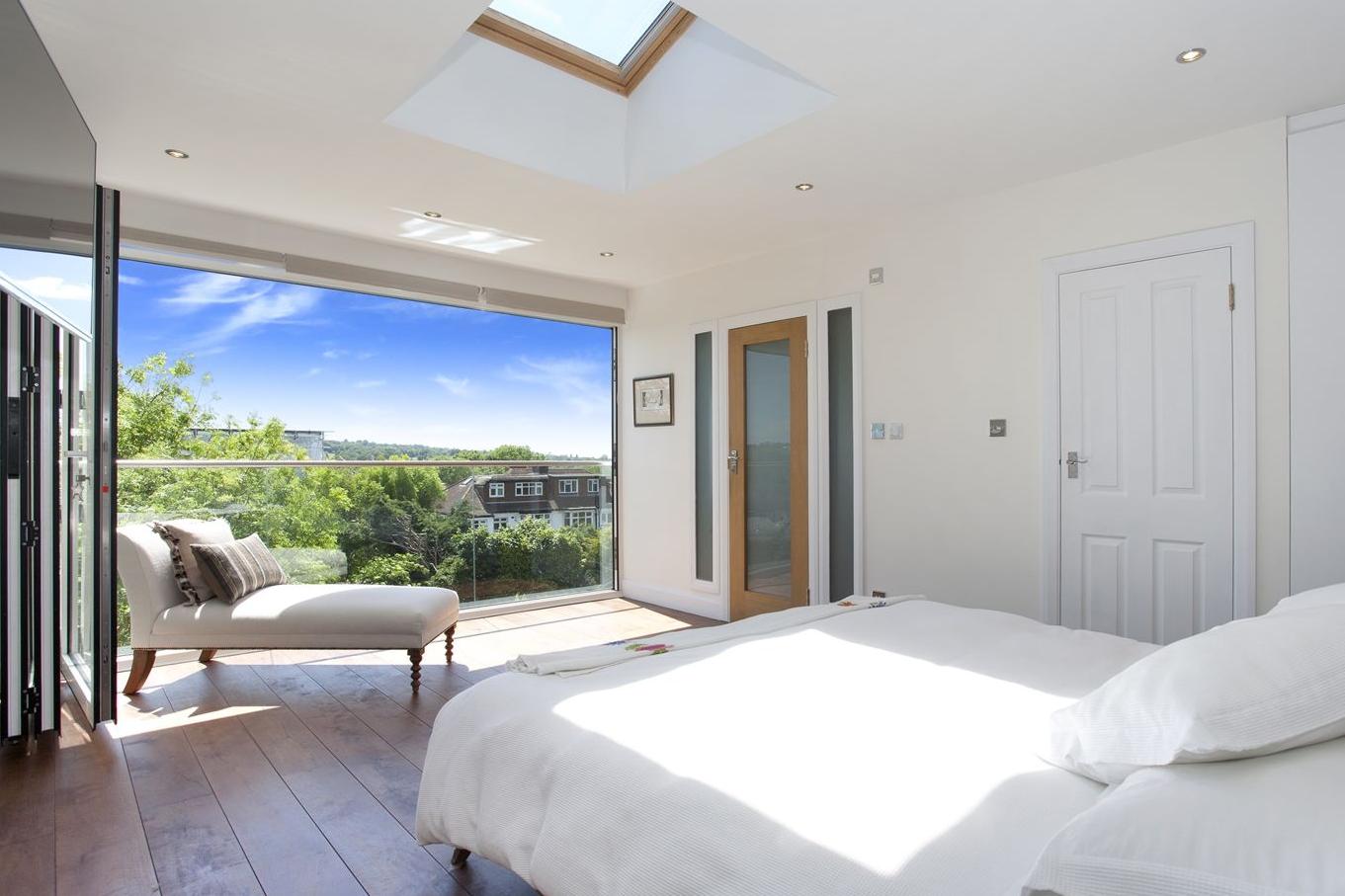Loft Conversion Cost Northampton
When considering the cost of a loft conversion in Northampton, it's important to factor in the cost of getting the necessary building permits. You'll need to get permission from your local council before you can start any work, and this can add a few hundred pounds to your total bill.
If you’re considering converting your loft in Northampton, you’ll be pleased to know there are several types of loft conversions that can be done in the city. Depending on the structure of your house, the size and height of your loft, and your budget, you can choose from a variety of options to make the most of the space.
For instance, if you’re looking to have a large, multi-room dormer loft conversion, you’re likely to pay more than if you were converting a small loft into a single room. Likewise, if you’re looking to have complex features such as an en-suite bathroom or a kitchenette installed, the cost of the conversion could also increase.
The cost of an extension also depends on the type of extension you want. Single-storey extensions are usually the most cost-effective, while two-storey extensions can be more expensive. You may also want to consider adding features such as a conservatory or a garden room to your extension, which can add to the cost.
Once you’ve established that your loft can be converted, you’ll need to decide how you want to go about it. You can either employ a professional builder to complete the work, or do it yourself. The cost of having a loft converted in Northampton will depend on the type of conversion you’re planning, and the complexity of the job. It’s worth getting a few quotes from local builders to get an idea of what you’ll need to pay.
If you’re looking to add extra living space to your home by converting your loft into a dormer, you may be wondering how much it will cost. The cost of converting a loft to a dormer in Northampton can vary depending on a range of factors, such as the size of the loft, the type of conversion and the contractor you choose.



